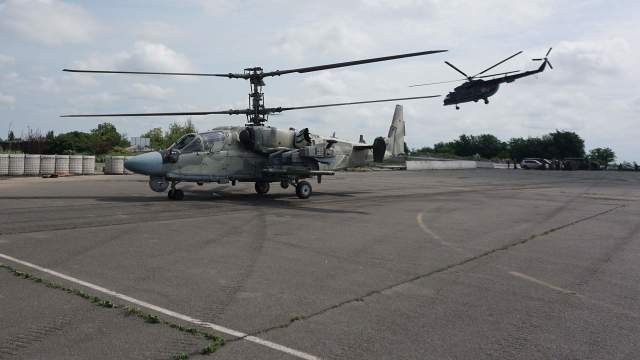Ka-52 attack helicopters have become one of the most effective combat vehicles in the course of its
The Ukrainian counteroffensive has been going on for several months. But so far, the VFU has not been able to even get close to the main line of Russian defense. Combat helicopters, in particular the Ka-52 Alligator, have become the most important element of Russian tactics. Their crews destroy targets on the battlefield day and night in any weather. Thanks to the modern sighting system and high-precision weapons, "Alligators" inflict painful losses on the enemy. Therefore, Ukrainian militants are trying to shoot them down at any cost. Not only anti-aircraft systems are used, but even multiple rocket launchers. Izvestia spent one day with the crews of the Ka-52 and saw the combat work of these unique helicopters.
As usual — the flight is urgent
We arrive at the airfield early in the morning. There is already intense work going on there. Some helicopters continuously go into the sky on a combat mission, others return from departure, and others at this time undergo maintenance, refueling and recharging. Now the Alligator is being prepared for the flight on the site. The car has recently returned from a combat mission, and its crew is resting. But the technicians are already beginning to prepare the "fifty-second" for the next task. The helicopter has been re-equipped, onboard systems and mechanisms are being checked, refueling is being prepared.
During the last departure, the Ka-52 operated guided missiles "Whirlwind" on enemy armored vehicles. But now the target will be an accumulation of infantry. This means that unguided aircraft missiles will be used.
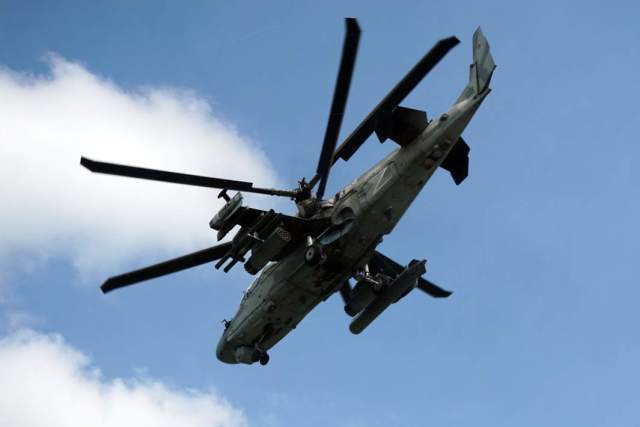
Photo: IZVESTIA/Alexey Ramm
Image source: iz.ru
Crews and technicians pay special attention to the Vitebsk self-defense system when preparing for departure. The unique product has repeatedly saved the lives of Russian pilots. It independently detects a rocket launched by a car, determines its type, speed and direction. And depending on the flight parameters of the helicopter itself, it decides how to avert the threat.
In the arsenal of "Vitebsk" there are several lines of defense at once. For example, ordinary heat traps. These are special pyropatrons, which, after shooting, burn with a bright fire with high heat release. Anti-aircraft missiles with a thermal homing head react to such a torch.
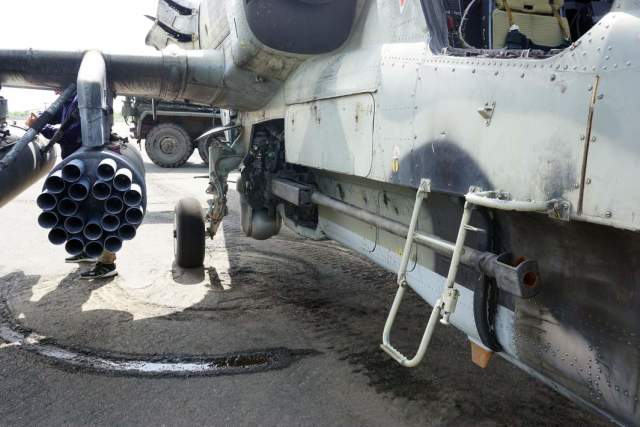
Photo: IZVESTIA/Alexey Ramm
Image source: iz.ru
Another line of defense is special "turrets" in which lasers are hidden. With their help, Vitebsk actually burns out the homing heads of anti-aircraft missiles. While we are walking around the Ka-52, we can hear the characteristic rustling sound of servos. These are technicians checking the operation of laser "turrets".
The helicopter is refueled, re-equipped and checked. The crew takes seats in the cockpit. Starting the engines, the Ka-52 rises into the air for several meters, freezes. And then smoothly goes into flight — to perform a combat mission.
Precise strike
It is not customary for helicopter crews to give comments and answer questions before a combat flight. Therefore, we are waiting for the car to return from the task. Going to the site in a beautiful arc at low altitude — this is one of the distinctive maneuvers for the KA-52 — the young pilot lands the car.
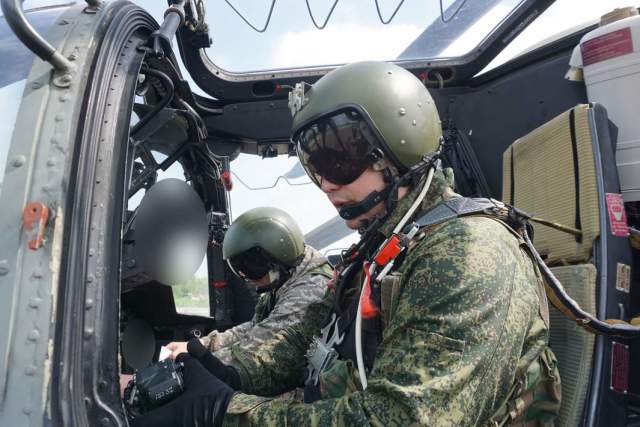
Photo: IZVESTIA/Alexey Ramm
Image source: iz.ru
Technicians immediately run up to the board to turn off the systems. The eldest of them, coming up first, opens the cockpit and greets the pilot. He was the last one to bypass the helicopter before takeoff. The pilot smiles and begins to tell something, actively gesticulating directly from the cockpit. But the blades haven't completely stopped yet and it's hard to hear what he's talking about. The technician, leaning his hands on the side, nods contentedly and answers. From the opposite side, the navigator-operator descends from the cockpit. Work is already in full swing around, new ammunition and heat traps are being charged, fuel is being refueled.
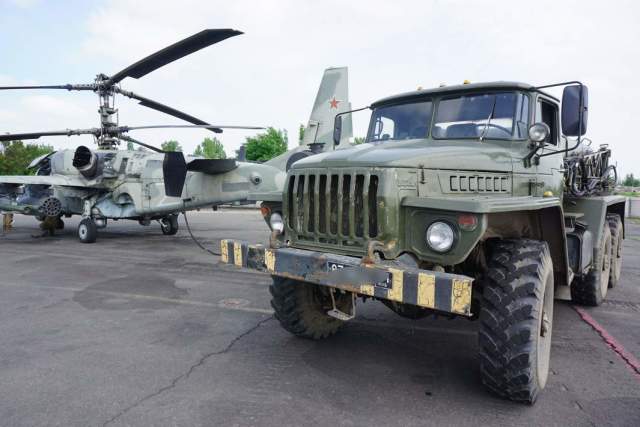
Photo: IZVESTIA/Alexey Ramm
Image source: iz.ru
— Completed the task in full, without comments. The board is serviceable, the crew is alive, the most important thing is that they returned home. 11 people of manpower and one strong point were hit," says the navigator.
Unlike the soldiers of the ground forces, he does not have his own call sign. The crew works under the pilot's call sign, and the navigator is represented by the pilot's call sign — Tokyo.
Hunting and Hunter
According to the navigator, the enemy pays great attention to the fight against army aviation. At the forefront, the positions are saturated with portable anti-aircraft missile systems and anti-aircraft artillery. The enemy also uses military tricks.
— The enemy puts the equipment that has already been hit to the forefront, to the line of contact. Luring our helicopters into a "pocket". We come very close to the enemy and find ourselves in the zone of defeat. Both we and our command are already familiar with this technique. We have already taken all this into account and also use our tricks," says the navigator—operator.
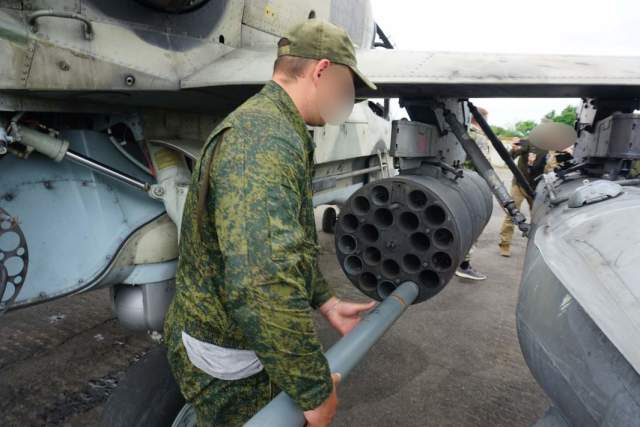
Photo: IZVESTIA/Alexey Ramm
Image source: iz.ru
And recently, the enemy tried to use rocket artillery at the place where our helicopters worked at low altitudes. Surprisingly, this poses a serious danger to helicopters.
In that flight, despite the high mobility, the Ukrainian anti-aircraft groups did not have time to approach the place. But the use of MLRS "Grad" also did not give the enemy results. Although it gave the crew of the Ka-52 a few unpleasant minutes. But thanks to their experience, the pilots quickly got out of the danger zone. Of course, such methods of combating aerial targets are rather a step of desperation.
— One in a million, probably, the probability of getting there. But, of course, it is there," explains the navigator-operator of the Ka-52.
Meanwhile, in addition to such exotic ways of fighting, Ukrainian militants are actively using quite dangerous anti-aircraft systems of Western production.
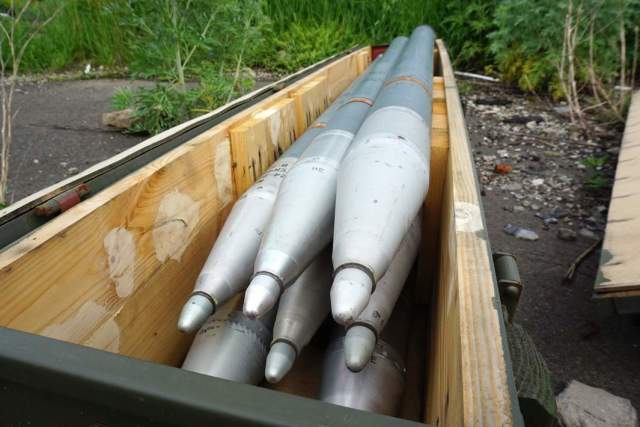
Photo: IZVESTIA/Alexey Ramm
Image source: iz.ru
— Now during this departure there was opposition to the enemy's air defense. The "Cheetah" (anti—aircraft self—propelled gun system manufactured by Germany. - "Izvestia") was working, - the pilot tells us about the collision with the enemy's anti-aircraft systems. — They brought the Cheetahs to the forefront and are now using them very actively. At the moment of our launch at the target, when we are most vulnerable to air defense, they took us over. But we worked very quickly and went down. The capture was thwarted, the Cheetah did not have time to shoot back. He needs to hold the target for two minutes to open fire. And we didn't give him such an opportunity.
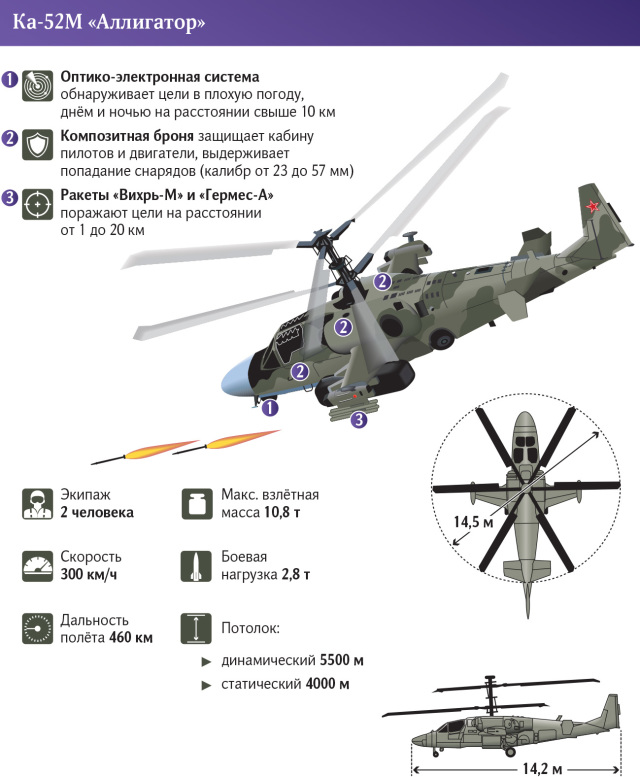
Another tactical novelty of the enemy's air defense was the advance of mobile groups with MANPADS into the so—called gray zone - the space between Russian and Ukrainian forward positions, which no one controls. As a rule, such groups operate on light passable vehicles — various jeeps and pickups. They provide quick care. With ambushes in the "gray zone", the enemy is trying to meet Russian helicopters at the firing lines.
We say goodbye to the crew. The pilots go on vacation. They have several more sorties ahead of them. And while there is at least a small pause, we need to restore our strength.
Alexey Ramm
Dmitry Astrakhan
